1. First Encounter with Egypt
Egypt, spanning both Asia and Africa, is mainly located in the northeast of Africa, bordering the Mediterranean Sea to the north and the Red Sea to the east.
As one of the world’s four ancient civilizations and the birthplace of human civilization, Egypt not only has a mysterious ancient culture that has been passed down for thousands of years and archaeological sites that drive archaeologists crazy, but also has the picturesque Nile River and the enchanting Red Sea.
Therefore, it attracts tourists from all over the world every year to explore its wonders!
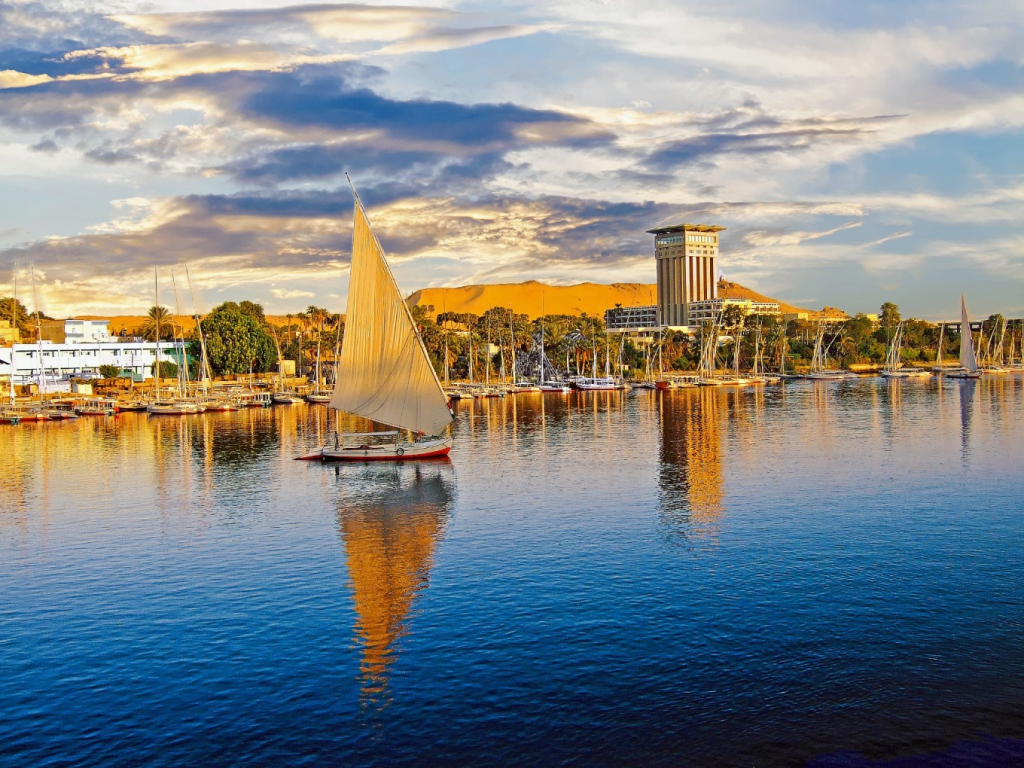
Many people probably first heard of Egypt because of famous movies such as “The Mummy,” “Cleopatra,” “Death on the Nile,” and so on.
Perhaps the mysteries of Egypt, such as the pyramids, ancient temples, Pharaohs’ tombs, and mummy curses, have been learned through pictures or words.
However, when you stand on the desert sand of this land, you can only truly experience the grandeur and majesty of the civilization that existed 5000 years ago, which cannot be fully conveyed through images or words.
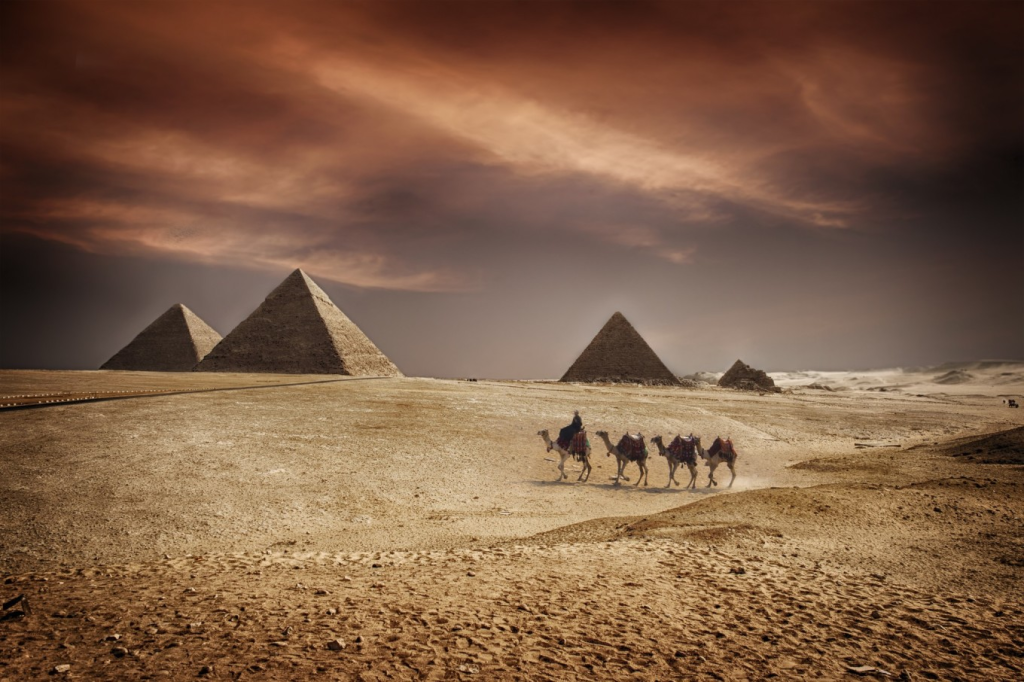
2. Essential Preparations and Travel Guide
1. Best time to visit:
Egypt can basically be divided into two seasons, May-October is summer, and November-April is autumn. Except for June to August, the climate is relatively mild, suitable for tourism.
2. Dressing guide:
Egypt has a large temperature difference between morning and evening, and the further south you go, the closer you are to the desert, the greater the temperature difference.
Even in summer, small snails are advised to bring some warm clothing, light coats and the like. Note that if you go to the mosque, you are strictly prohibited from wearing tank tops, shorts, and miniskirts.
3. Diet and medicine:
Most of the food in Egypt is sweets and meat products.
In addition, you can bring some standing medicines just in case, antidiarrheal medicine, stomach medicine, motion sickness medicine, anti-inflammatory medicine, topical medicine, etc.
4. Language:
The official language of Egypt is Arabic, and locals often use Egyptian native language for daily communication.
In tourist cities, you can communicate or consult with locals in some simple English. It is recommended to download a translation software to make travel more convenient.
5. Major tourist cities:
Several popular cities in Egypt, from north to south: Alexandria, Cairo, Hurghada, Luxor, Aswan.
6.Main means of transportation:
Airplanes, trains, buses, cruise ships, taxis, subways.
Only Cairo has a subway system in Egypt, and taking the subway in Cairo is convenient and cost-effective for sightseeing.
There are also cruise ships on the Nile River, and it is recommended to arrange a few days to travel by sightseeing cruise ship, and to book through an agent found online. GO BUS, a recommended bus company in Egypt, can be checked or booked on its official website in advance.
It is recommended to choose the best class when booking for a better experience.
7.Local taboos:
Egypt is an Islamic country, no pork is eaten, and alcohol is prohibited. Observe the customs and traditions of Muslim countries, try not to touch women’s bodies, and if you take photos or take photos, ask for permission before taking pictures.
3. Egypt’s Must-Visit Attractions and the Stories Behind Them
1. Cairo
Cairo, the capital of Egypt, is not only the largest city in Africa, but also one of the oldest in the world.
In Arabic, “Cairo” means “victory.” A place where modern civilization coexists with ancient traditions, the Cairo city area and nearby attractions are a top priority for a trip to Egypt.
Giza pyramid complex
Located in the southwestern suburbs of Cairo, the Giza pyramids are one of the Seven Wonders of the World that still exist.
Here stand three great pyramids, the Pyramid of Khufu, the Pyramid of Khafre and the Pyramid of Menkaure, which belong to the burial places of the grandfathers and grandfathers of the fourth dynasty of Egypt.
The arrangement of the three pyramids is based on the Nile as the galaxy, arranged according to the waist of Orion. As for why Orion is located, it is because Orion has great significance to the Egyptians, who believed that God lived in Orion.
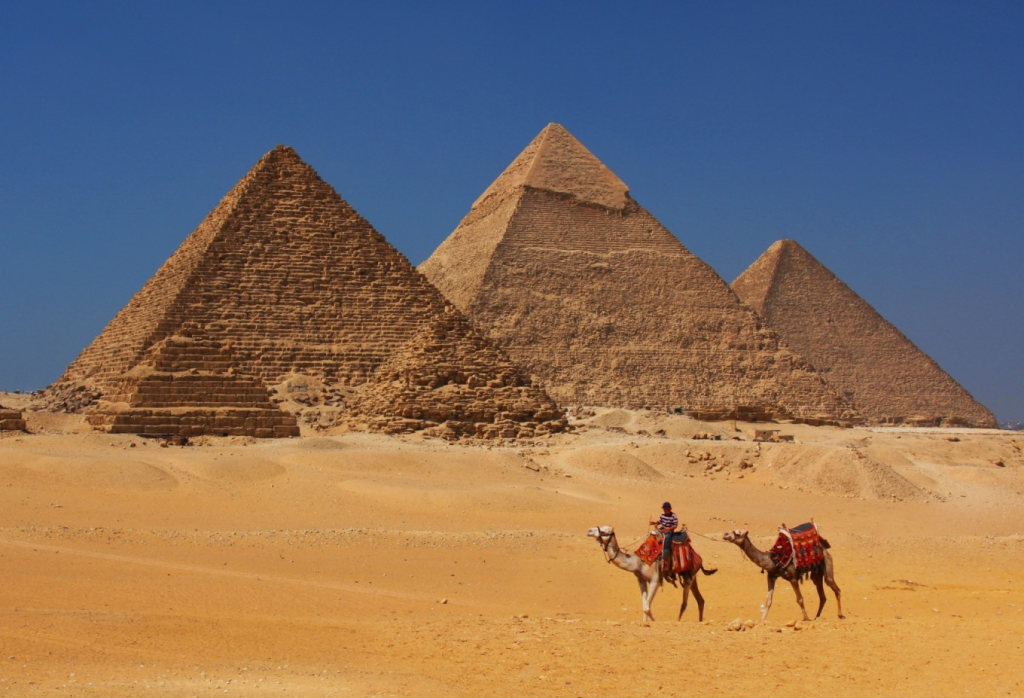
Recommended Index: Reason for listing: ★★★★★
One of the Seven Wonders of the World! Representatives and symbols of ancient Egyptian civilization.
Address: Get off at E2 Giza Station on Metro Line 1, then transfer to bus 900/997, or take a taxi directly to the entrance of the scenic spot after getting off the subway.
Tickets: 80 Egyptian pounds 8:00-16:00
The Great Pyramid of Giza was built in 2580 BC and took 30 years to complete. It is the largest and most well-known pyramid in the world and the largest single ancient building in the world, constructed with 2.3-2.5 million limestone blocks.
It currently stands at a height of about 138.7 meters (originally about 146.6 meters), and for 4000 years after its construction, it was the tallest building in the world. Its extraordinary appearance and perfect geometric angles make this magnificent structure full of mystery!
★ Tickets: 100 Egyptian pounds to visit the interior
Tips:
The number of people allowed to enter the Great Pyramid of Giza each day is limited in order to protect the interior. 150 tickets are sold each morning and afternoon. The internal passages are narrow, steep, and poorly ventilated, and visitors must walk bent over. If you want to visit the inside of the pyramid, it’s best to queue for tickets in advance, but there are no burial objects inside and it’s mostly empty. If you’re physically weak, it’s not recommended to go inside.
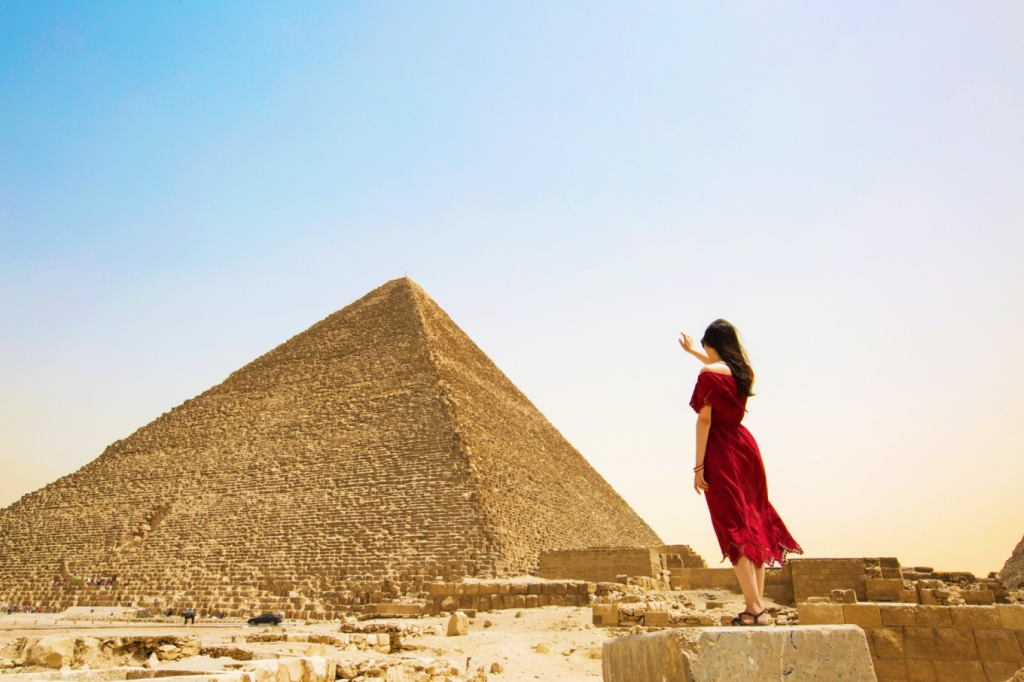
Sphinx
Next to the foyer of the altar of the Pyramid of Khafre is the famous Sphinx, also known as the “Sphinx”. Arabic means “father of terror”!
This is a statue of a lion body and the face of Pharaoh Khafre, 73 meters long, 21 meters high, and 5 meters wide in face, crouching beside Khafre’s mausoleum with a solemn expression, gazing into the distance.
Its realism and the abstract contrast of the pyramid make the whole building rich in variety and more complete.
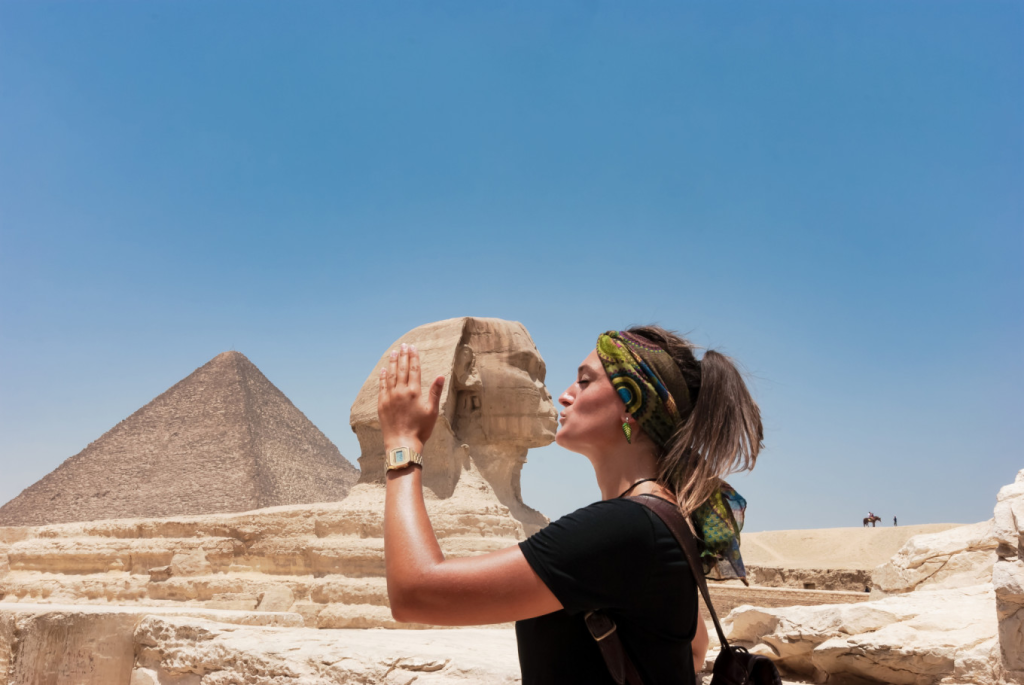
★ Address: Located in the scenic area of the Giza pyramids, no additional admission required
Egyptian Museum
The Egyptian Museum is full of curiosities from the ancient Egyptian kingdom, and each stone records the story of 3,000 years ago!
It is the most famous and largest museum of ancient Egyptian antiquities in the world and is well worth a visit. Especially the golden mask of Tutankhamun, the treasure of the town hall, and the many mysteries on him!
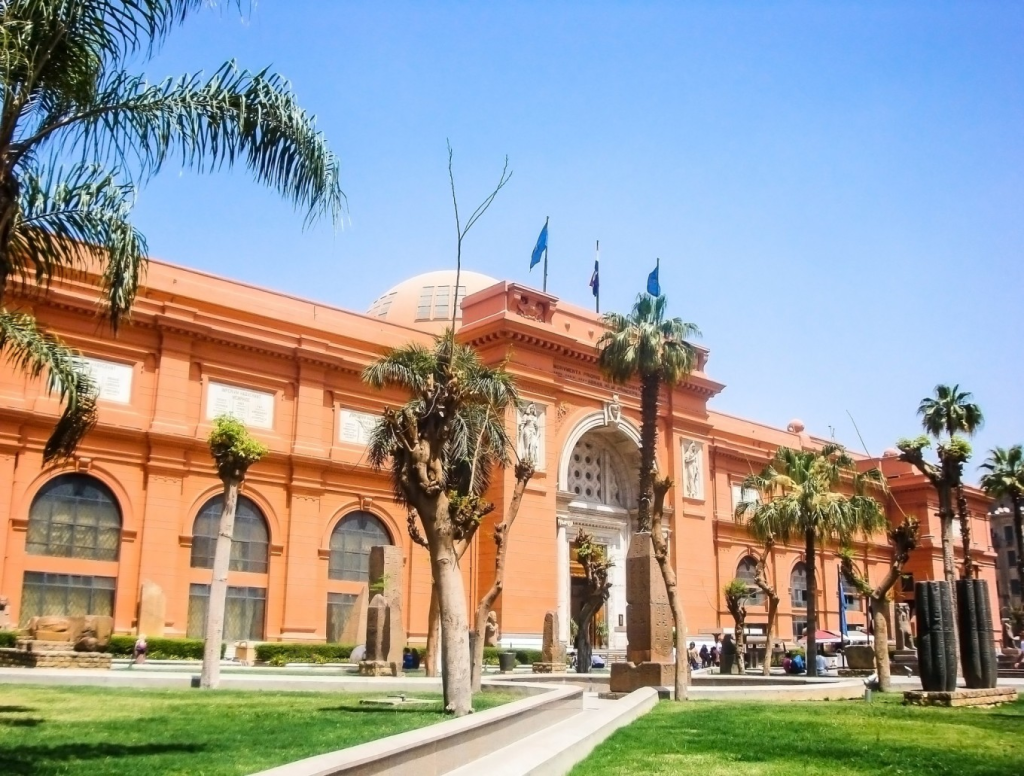
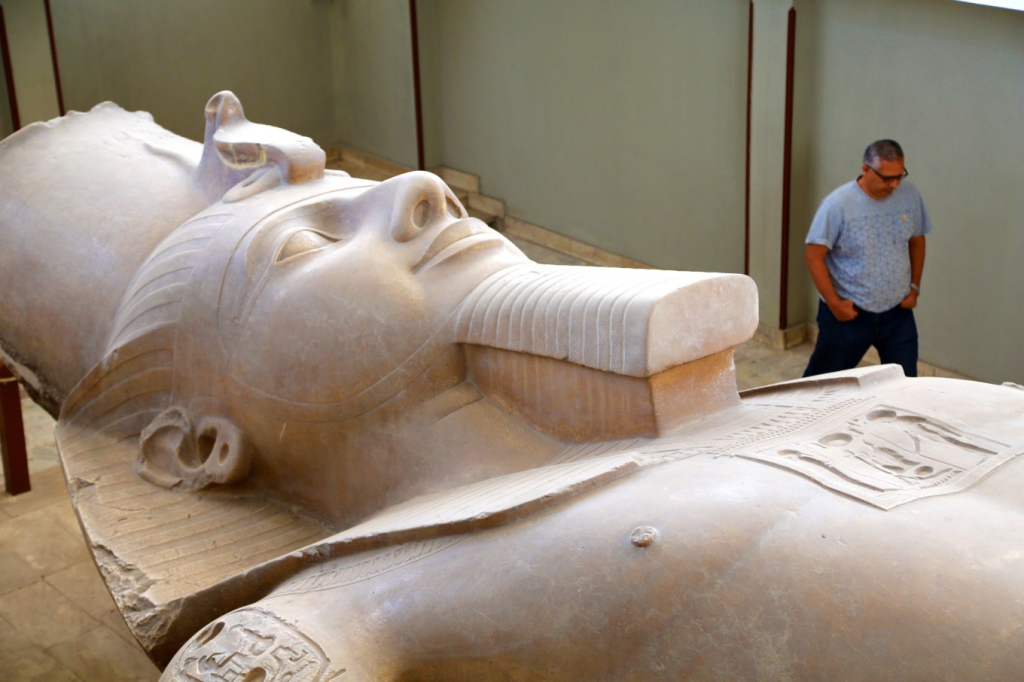
The exhibits in the Egyptian Museum make one have to be impressed by the high civilization of ancient Egypt!
The beauty and sophistication of the cultural relics are definitely not inferior to any art in the world today, and one can’t help but wonder if ancient Egypt was really built by aliens.
In fact, the museum exhibits only a small part of Egypt’s rich cultural heritage, it can be said that the whole of Egypt is a living museum, waiting for you to feel, touch and explore.
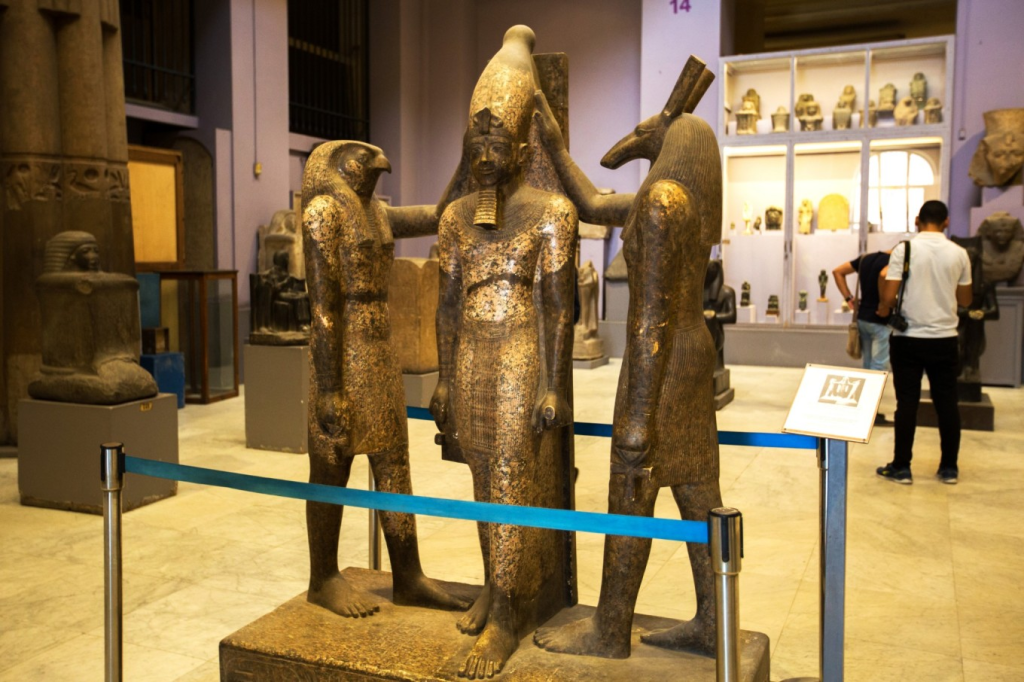
Recommended index: ★★★★★
Reason for listing: More than 25,60 cultural relics and treasures, amazing mummies
Address: Take the subway to Sadat station and get off.
Tickets: 60 EGP
Tips:
When visiting the museum, you can ask a guide or buy a guidebook to visit according to your own time. There are rich historical treasures and old stories, enough to stroll around for hours. The Royal Mummies Gallery on the 2nd floor of the museum is available at an additional charge of EGP 100 for adults.
Saladin Castle and Muhammad Ali Mosque
The Great Castle of Saladin was built in the 12th century by the Egyptian hero Saladin to defend against attacks, and the walls are 2 meters high, which are still very strong after the war.
The main building in the castle is the Muhammad Ali Mosque, on the way to the mosque, there is a path, in 1811, in order to liberate the Egyptian people from suffering, there was a massacre that shocked the world, interested friends can check it online.
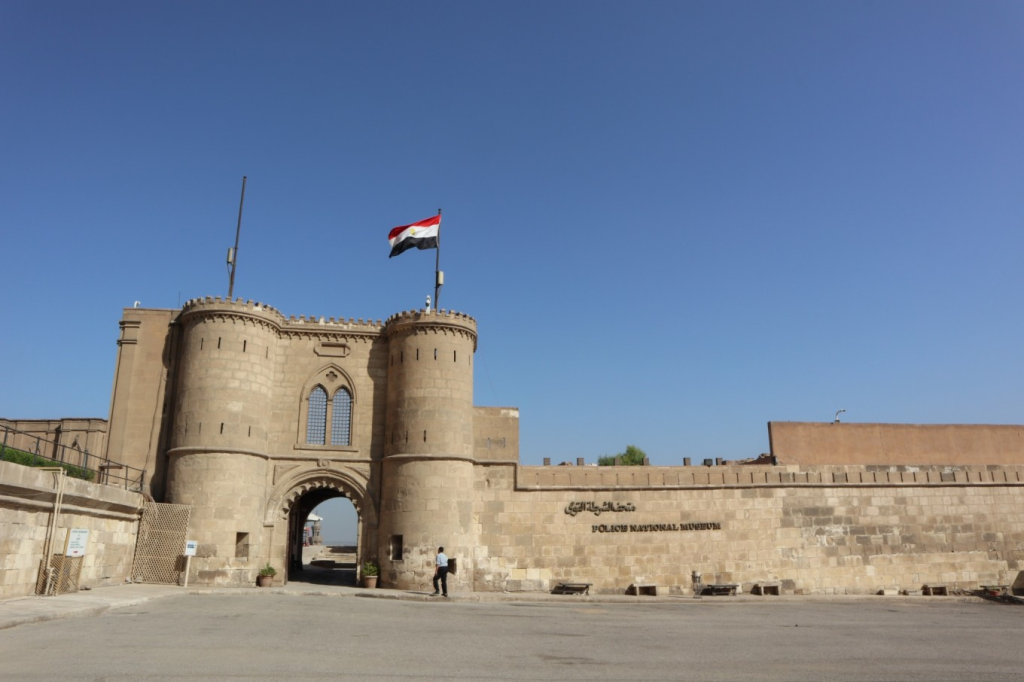
The mosque was built in 1830, the exterior of the Turkish style, the walls are covered with alabaster inside and outside, making the whole building present a milky white beauty, the inner hall is more than 10 meters high ceiling, huge tower-shaped crystal chandeliers, the interior is brilliant, solemn.
It is located on the vantage point of Saladin Castle in Cairo’s Old City, where you can enjoy a panoramic view of Cairo City, in good weather, and the Pyramids of Giza from the terrace!
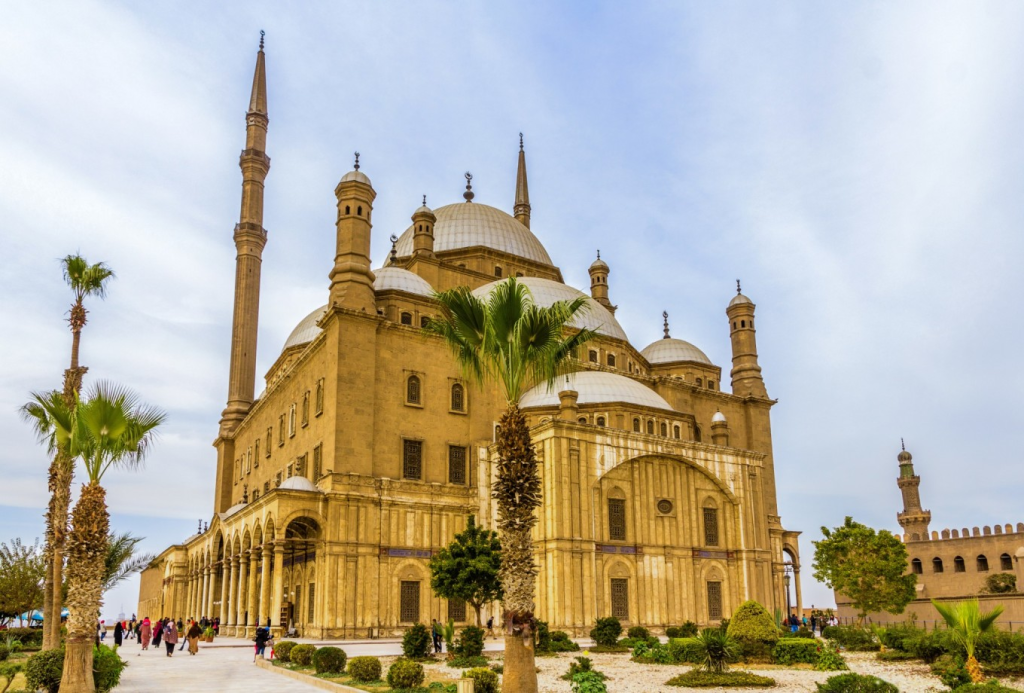
Recommended index: ★★★★
Reason for listingEven if you have no faith, you will be impressed by the pure beauty of the Muhammad Ali Mosque.
Address: From Ramcis Railway Station, taxi is about 20 Egyptian pounds, minibus 2 Egyptian pounds.
Tickets: EGP 50, 8:00-17:00
Tips:
Tank tops, shorts, and miniskirts are strictly forbidden when entering the mosque!
Hariri Market
In the 14th century BC, a merchant named Hariri built a shop here for commercial activities, and over time, many merchants sold jewelry and spices here, forming the current large bazaar.
Now a symbol of Cairo’s ancient culture and oriental Islam, it’s a place to get an in-depth feel for Egyptians, and it’s well worth spending a few hours wandering around even if you’re not shopping.

Recommended index: ★★★☆
Reason for listing: It is a wonderful thing to visit the market, which is full of Arabian style, interesting and gorgeous.
Address: From Ramcis Railway Station, taxi is about 20 Egyptian pounds, minibus 2 Egyptian pounds.
Tips:
There are a lot of cheap things in the market, exquisite copper plates, characteristic papyrus paintings, etc., you can help friends bring gifts, be sure to shop around and bargain boldly!
2. Aswan
It is a warm and ancient city, a small city, but a beautiful and elegant place on the Nile, with a slow and leisurely pace of life. Stroll along the wide banks of the Nile and watch the boats on the river float; Or hop aboard an Egyptian sailing ship and get closer to the beauty that nature has given the city; Step into the temple thousands of years ago and marvel at the exquisite skills and infinite wisdom of the ancients. This quiet and beautiful town is relaxing.
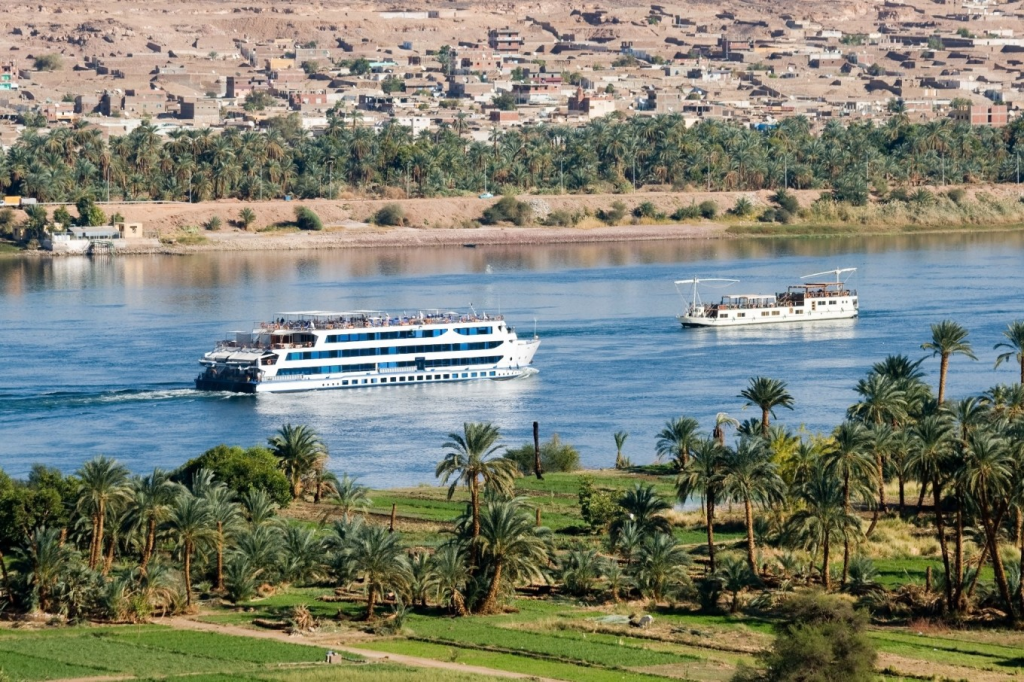
Tips:
It is recommended that you get on the boat from Aswan, stop all the way along the river, admire the Nile style, and arrive in Luxor in about 3~4 days.
Aswan Dam
If the pyramids and temples were the wonders of ancient Egypt, then the Aswan Dam, one of the world’s seven dams, is the pride of modern Egypt. Completed in 1970, it cost more than 10 billion US dollars and used 4300 million cubic meters of building materials, equivalent to 17 times the size of the Great Pyramid! Egypt escaped the severe drought in the Nile Valley in the 80s because of this dam.
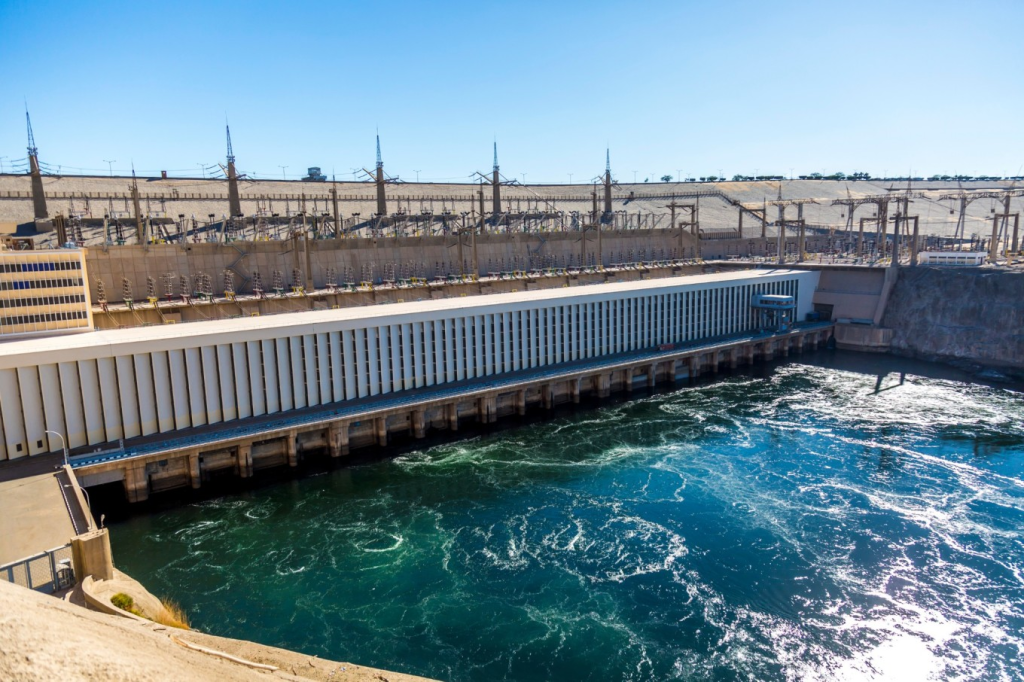
Recommended index: ★★★☆
Reason for listing: One of the world’s seven largest dams
Address: 12km south of Aswan City
Cost: 20 Egyptian pounds
Tips:
There is an observation deck at the eastern end of the dam from which you can see the dam and the water. On the side of the dam, the rolling Nile River is cut off, forming a blue lake of Nasser 15 kilometers wide and 500 degrees long, with vast smoke, water and sky, and a few islands in the distance that seem to float on the lake.
Temple of Khonpo
This temple is different in that it is a double temple dedicated to both the eagle god and the crocodile god. From the entrance gate, you will find that the temple is divided into two symmetrical parts by a central axis, and the buildings and carvings on the left and right sides are a system of their own, built respectively by the eagle god and the crocodile god.

Recommended index: ★★★☆
Reason for listing: Double Temple, Golden City, Aswan surrounding attractions must go.
Address: Around Aswan
Cost: 25 Egyptian pounds, 6:00-16:00
Tips:
Here the sunset is the most beautiful, look up at the temple, the temple flows gold in the remnants of the sun, the slender shadows of the stone pillars float on the ground, the sunset echoes in the ruins, you will understand why in ancient Egypt this place is called the City of Gold.
3. Luxor
The kings of ancient Egypt built monumental structures such as dazzling temples, mausoleums and palaces.
The Nile River crosses Luxor, dividing it into east and west banks, and the ruins and tombs are mostly divided on the west bank, known as the “city of the dead”; Airports, stations, bars, and markets are mainly concentrated on the east bank, known as the “City of the Living”.
“Massacre on the Nile” and “The Mummy Returns” were filmed here, and movie enthusiasts can go to the filming location to relive the excitement of the movie.
Luxor Temple
The temple was a symbol of the power of the pharaohs during the New Kingdom and often hosted ornate celebrations.
This temple was built by the ninth pharaoh of the eighteenth dynasty of ancient Egypt to worship the sun god and his wife and children, and was later expanded by Ramses II to form a scale of cash preservation.
The temple is 262 meters long and 56 meters wide, and the courtyard has 32 unique and huge papyrus columns with elaborate carvings at the top, each representing the majesty of the pharaoh.
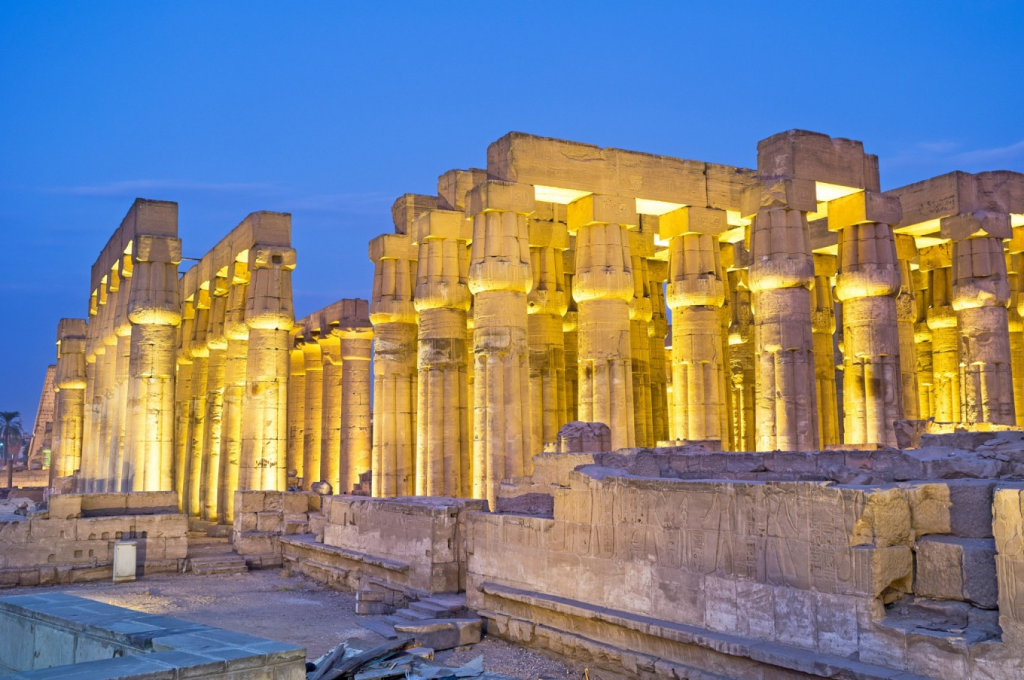
Recommended index: : ★★★★
Reason for listing:Landmark building, the stone carved head of Pharaoh Ramses II in front of the door, is the statue on the ten-pound banknote.
Address: About 5 Egyptian pounds by taxi on the east coast of Luxor; Horse-drawn carriage rides generally cost EGP 8
Tickets: EGP 50, 6:00-21:00
Tips:
Looking at the Luxor Temple from the riverbank boulevard at night, the temple under the lights is a little more colorful and brilliant than during the day, and it becomes especially captivating, making those who are in it forget the passage of time and think about it.
Karnik temple complex
Located 3km from the Luxor Temple, the Karnik temple complex is thirteen centuries old and covers about 100 acres, which is grand and intricate. There are 134 tall stone pillars arranged neatly in the temple, each of which is carved with hieroglyphics.
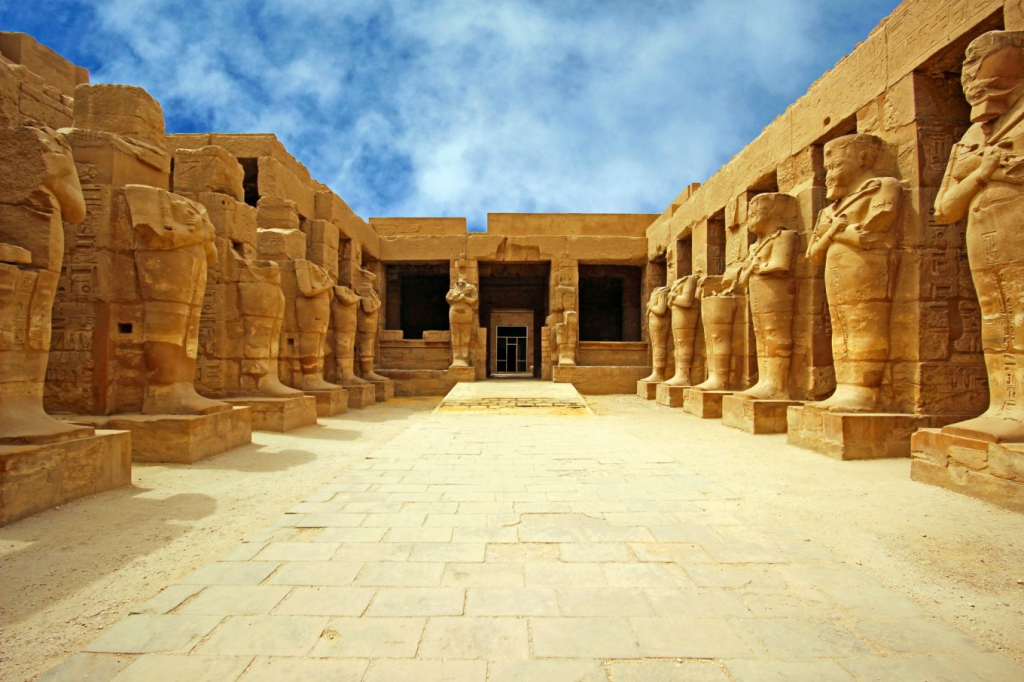
Recommended Index: ★★★★
Reason for listing: Grand, here is the largest and most complete preserved Amun Temple today
Address: About 5 kilometers from Luxor city by taxi, about 10 minutes
Tickets: 65 Egyptian pounds 6:00-21:00
Tips:
There are three temples in the Karnik temple complex, the temple of Amun has been developed, while the temple of Mute and Montu are still being excavated. Walk through these developed stone pillar forests, look up at the sky, and in the interplay of light and shadow, as if you see the passage of time, you can choose a stone pillar pier to sit down, hold your breath and admire its mystery and beauty.
Valley of the Kings
On the west bank of the Nile River, there is a concentration of tombs of kings and members of the royal family from the 18th to the 20th dynasties of ancient Egypt in the Valley of the Kings. These tombs are irregularly distributed in the valley, excavated from the mountainside, and there are more than 60 imperial tombs in total.
The most famous tomb in the Valley of the Kings is that of Tutankhamun. Because it was never robbed, a large number of artifacts from over 3,000 years ago were well-preserved, including furniture, utensils, sculptures, chariots, weapons, textiles, everyday items, and gold and silver jewelry.
Currently, most of the artifacts have been moved to the second floor of the Egyptian Museum mentioned earlier for display. Tutankhamun’s mummy is still in the tomb, with only the head and shoulders visible.
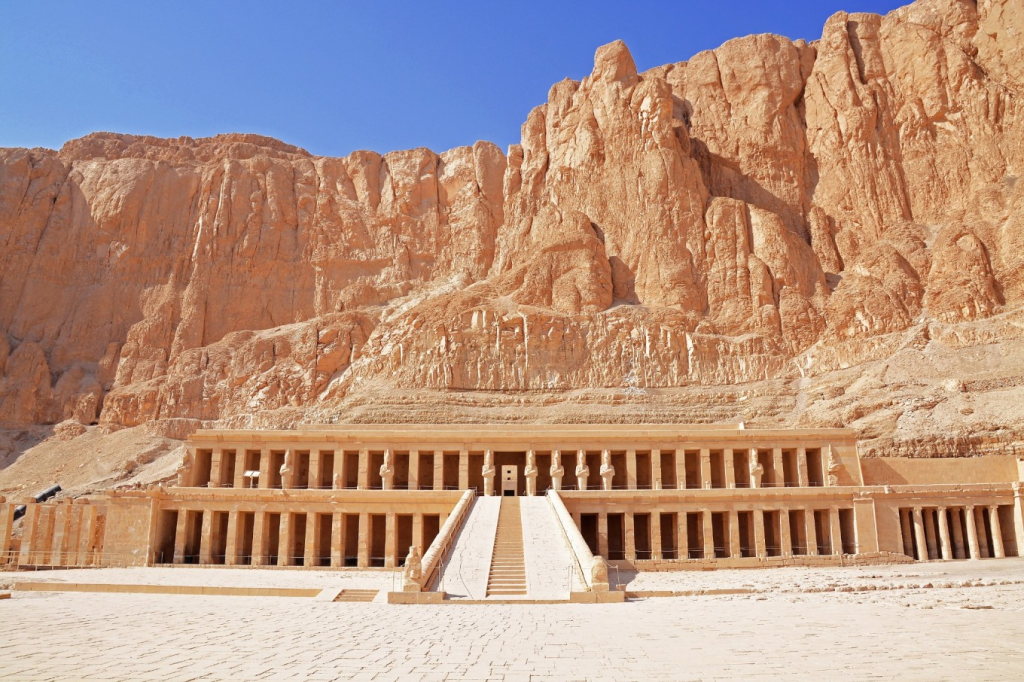
Recommended index: ★★★★☆
Reason for listing: The many exquisite murals in the mausoleum complex, richly decorated and full of mystery, are a must-visit place in addition to the pyramids.
Address: West Bank of the Nile, 7 km from the shore, accessible from the steep ring road at the northern end of the Acropolis of Thebes.
Tickets: EGP 80, 6:00-17:00
Tips:
Each ticket to the Valley of the Kings is limited to three mausoleums, the most noteworthy ones are the Tomb of Tutankhamun, the Tomb of Ramses III, the Tomb of VI, the Tomb of Amenhotep II, the Tomb of Holmhob, the Tomb of Thutmose III, etc., and the tomb of Tutankhamun is available for an additional 100 Egyptian pounds. It is also important to note that it is strictly forbidden to take photos in the tomb.
4. Hurghada
Located on the coast of the Red Sea, with its sparkling sandy beaches and beautiful coral sea, it is perfect for diving and a paradise for water sportsmen. After seeing so many ancient Egyptian buildings, you can slow down here, play in the water and sand, and feel the comfort and tranquility of the moment.
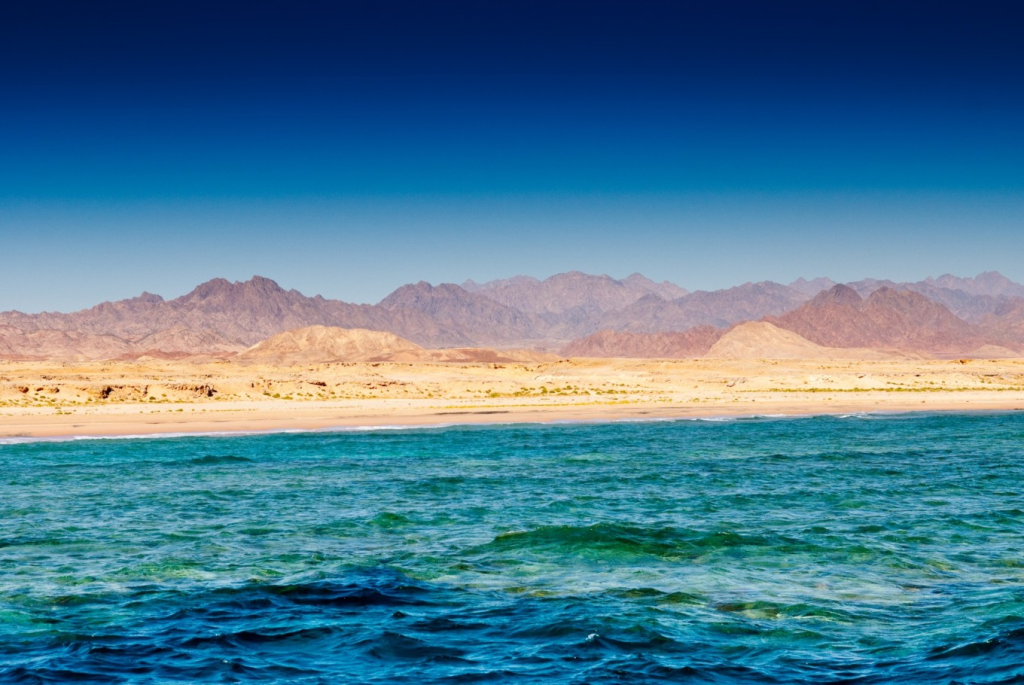
Tips:
The waters of the Red Sea contain special minerals that turn dark red at dusk, hence the name Red Sea. Standing on the beach in Hurghada, with the sea in your left hand and the sand dunes in your right, you can’t help but revel in the magic of Egypt.
4. What route should choose for first trip to Egypt
Egypt’s unique charm lies in its mysterious and ancient history and the grand millennium architecture.
Cairo, Luxor, and Aswan, located south of the Nile, are cultural cities with countless cultural relics. In addition, the Red Sea coast of Hurghada offers a wonderful experience of floating on the sea while reading.
If you’re traveling to Egypt for the first time and have limited time, it’s recommended to take the classic route from north to south, starting with Cairo and then heading south (Aswan-Luxor) by cruise to explore the Nile River and its surrounding areas!

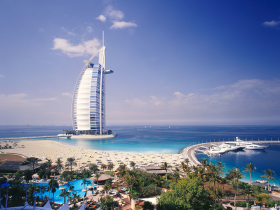
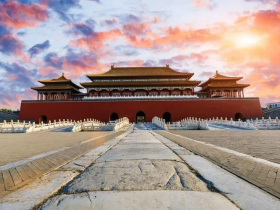
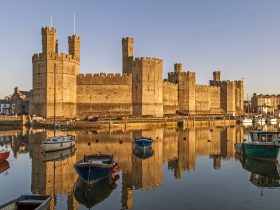
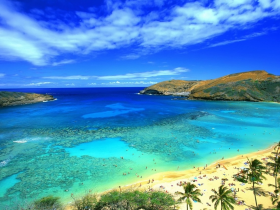
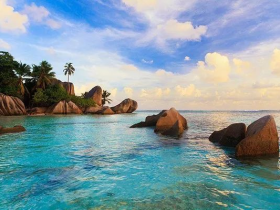
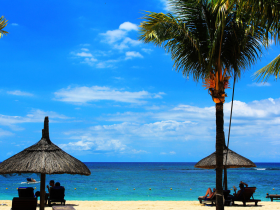
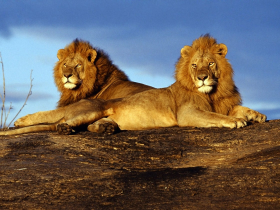
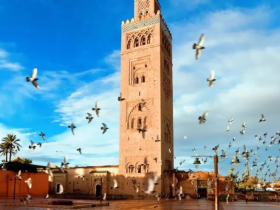
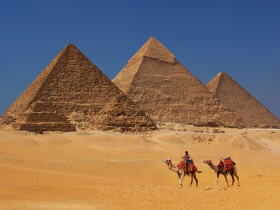
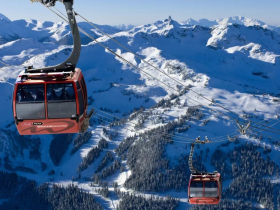
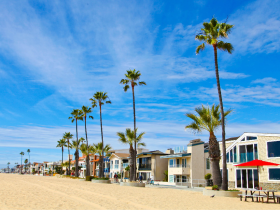
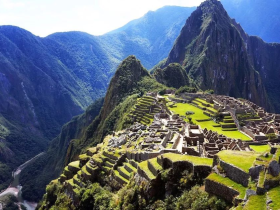
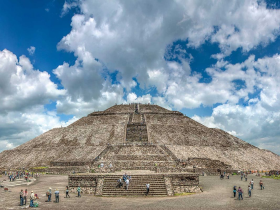
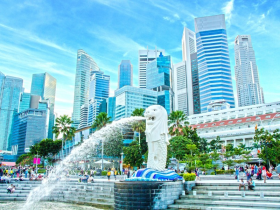
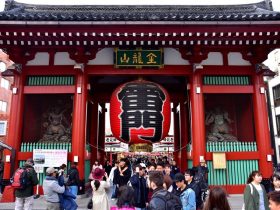

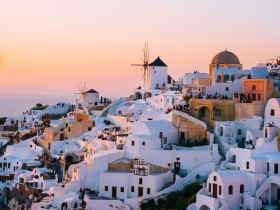
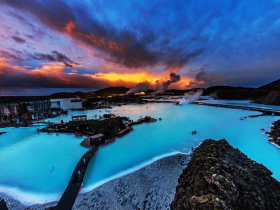
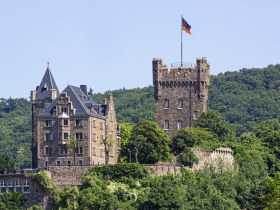

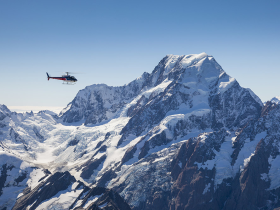
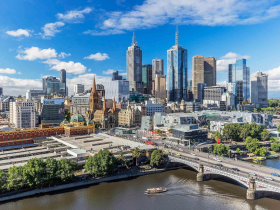
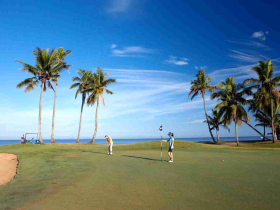

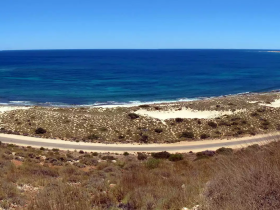


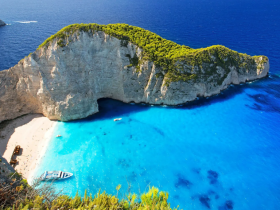
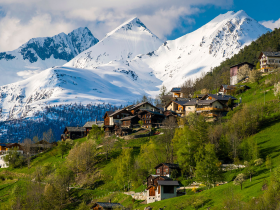
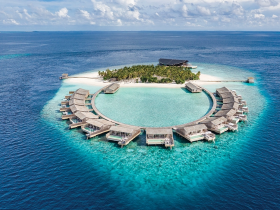

Leave a Reply